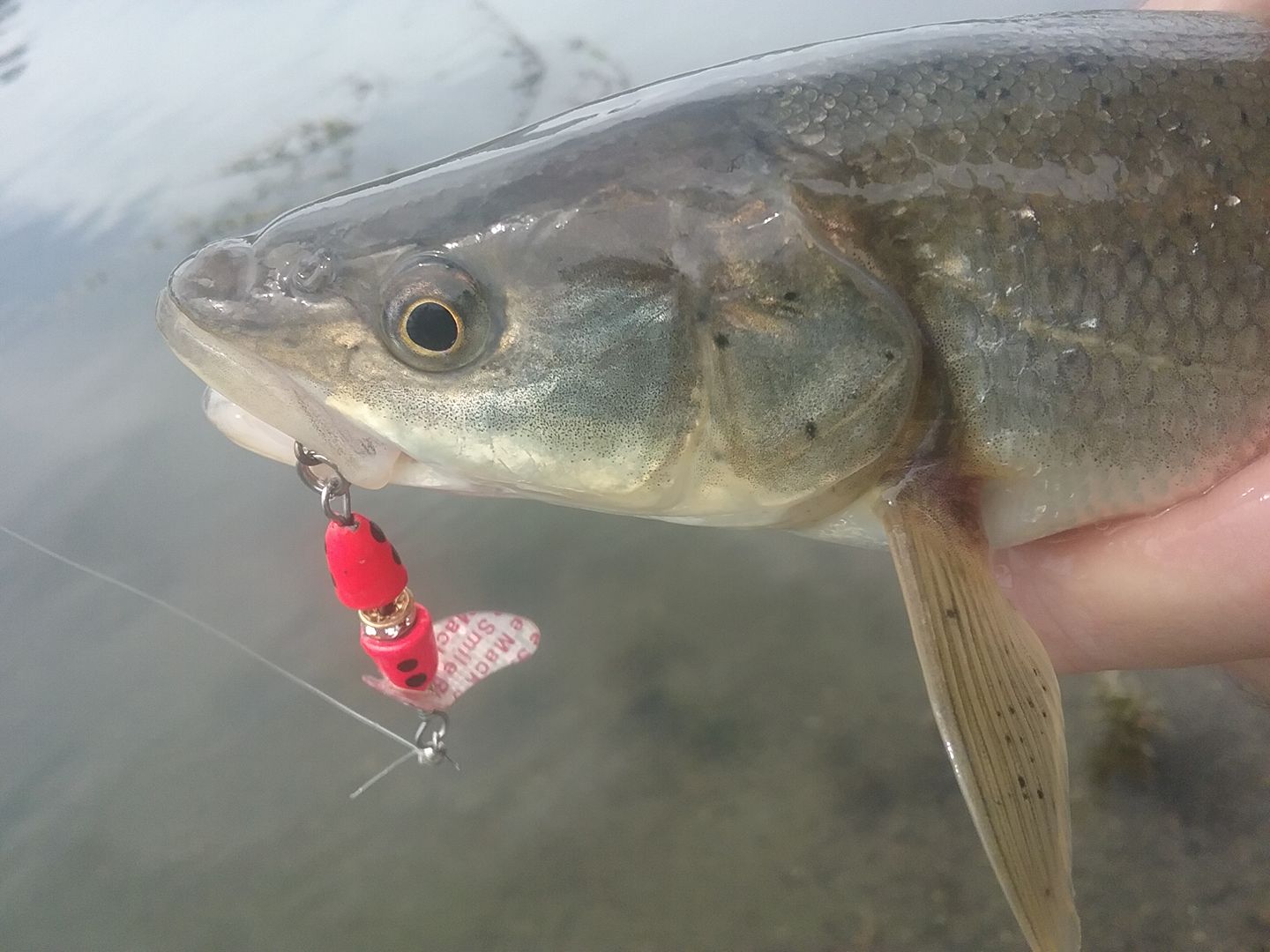
Squid_Geek
7/12/2020 9:18:28 AMThis is terrible!
One thing that I do respect about this article is that at least It honestly says that pikeminnow are native. The pikeminnow.org site tries to imply that they are invasive. The only reason that pikeminnow are eating salmon smolt with any consistency is because of the dams, the same dams that interfered with salmon spawning in the first place. Remember what happened to Dolly Varden Char? They had a bounty put on them because they ate salmon eggs, and now they are so rare that the WDFW declares it unlawful to fish for them at all! Also, other salmonids, including cutthroat and rainbow trout are more effective carnivores of salmon young. There was a video on youtube by Northwest Fishing Secrets that showed that a cutthroat trout caught using the same tackle in the same spot in lake sammamish had 7 salmon smolts in its belly while a pikeminnow had ZERO! Also, suckerfish that are similarly scourged upon are also native and only rarely if at all eats eggs from spawning redds, and most likely only the drifting eggs. I just feel that it is not right to idealize species over another, and especially in this way. Please comment below if you think so as well.
One thing that I do respect about this article is that at least It honestly says that pikeminnow are native. The pikeminnow.org site tries to imply that they are invasive. The only reason that pikeminnow are eating salmon smolt with any consistency is because of the dams, the same dams that interfered with salmon spawning in the first place. Remember what happened to Dolly Varden Char? They had a bounty put on them because they ate salmon eggs, and now they are so rare that the WDFW declares it unlawful to fish for them at all! Also, other salmonids, including cutthroat and rainbow trout are more effective carnivores of salmon young. There was a video on youtube by Northwest Fishing Secrets that showed that a cutthroat trout caught using the same tackle in the same spot in lake sammamish had 7 salmon smolts in its belly while a pikeminnow had ZERO! Also, suckerfish that are similarly scourged upon are also native and only rarely if at all eats eggs from spawning redds, and most likely only the drifting eggs. I just feel that it is not right to idealize species over another, and especially in this way. Please comment below if you think so as well.

dustydave
7/13/2020 9:37:20 AMAs a kid growing up on two local creeks that ran into the Lewis River in Washington State we never saw a pike minnow. (Late 1950's to 1970's) I spent my childhood on these creeks and saw salmon, steelhead, cutthroat and trout every year all during the year depending on the species.
About 20 years ago my Father called me and said you gotta see this! I drove up to the farm and couldn't believe what I saw. The creek was covered side to side, top to bottom in every inch of the water column with squaw fish i.e. pike minnow. I had never seen so many fish in one body of water like I did that day. We had salmon runs in the creeks that were awesome to see, steelhead that were beautiful to watch navigate and spawn, cutthroat and trout. Today you would be lucky to see one salmon or steelhead let alone a spawning couple. So, in all honesty, don't tell people that these fish are not a problem because they are, they are invasive, very invasive. The Pike minnow program is a good program to help keep the balance in check. And from what I've heard keeps us ol' guys and gals out of trouble.
About 20 years ago my Father called me and said you gotta see this! I drove up to the farm and couldn't believe what I saw. The creek was covered side to side, top to bottom in every inch of the water column with squaw fish i.e. pike minnow. I had never seen so many fish in one body of water like I did that day. We had salmon runs in the creeks that were awesome to see, steelhead that were beautiful to watch navigate and spawn, cutthroat and trout. Today you would be lucky to see one salmon or steelhead let alone a spawning couple. So, in all honesty, don't tell people that these fish are not a problem because they are, they are invasive, very invasive. The Pike minnow program is a good program to help keep the balance in check. And from what I've heard keeps us ol' guys and gals out of trouble.

Squid_Geek
7/17/2020 11:51:38 AMI feel that the dams that are blocking fish are the main source of the problem. Let's say that the pikeminnow are actually eating "game fish" and increasing in number. This is also part of the problem of the dams that create a ideal hunting area for these pikeminnow. I do understand that salmonids are awesome fish, and one of my favorite things to do are to go to a untapped creek to catch native cutthroat, but I think that there is a similar beauty in the pikeminnow as well, and that we are idealizing the so-called game fish. Walleye, bass, pike, and sunfish are all not native here, and even trout, when stocked in a place where they were not can eat small native fish and annihilate endangered amphibians. You can have an opinion about whether you like pikeminnow or not, but you can't change the fact that they are native here.
